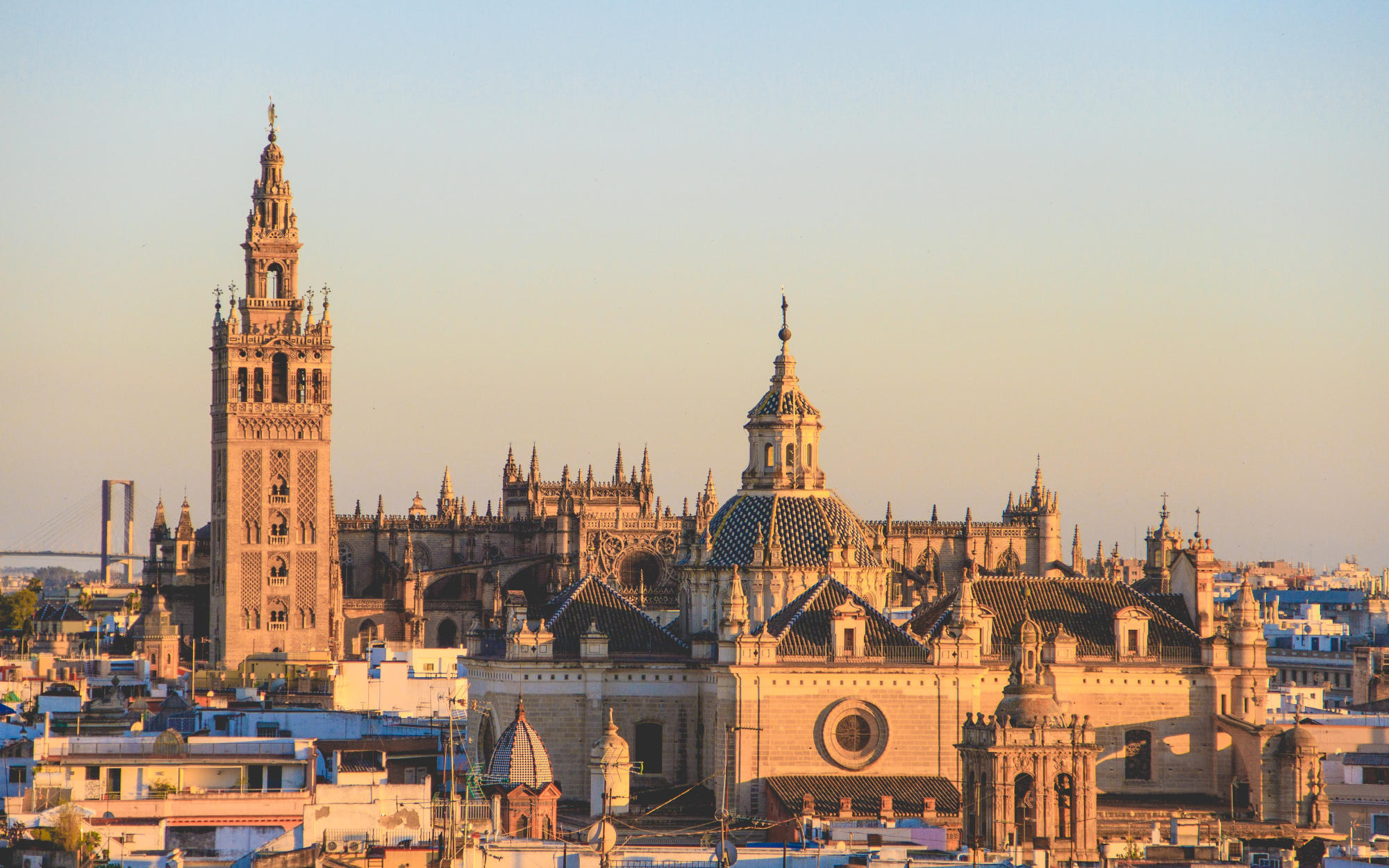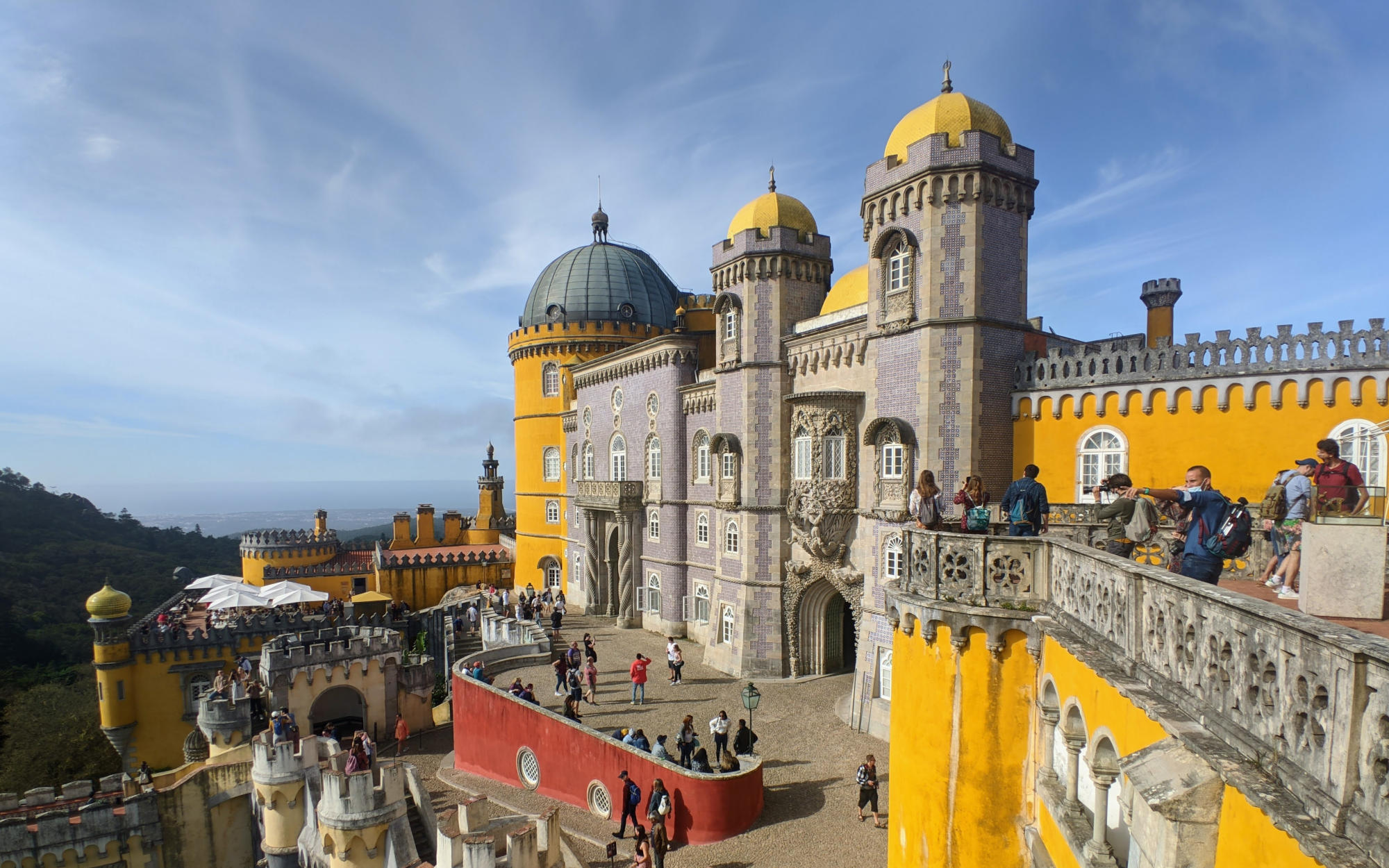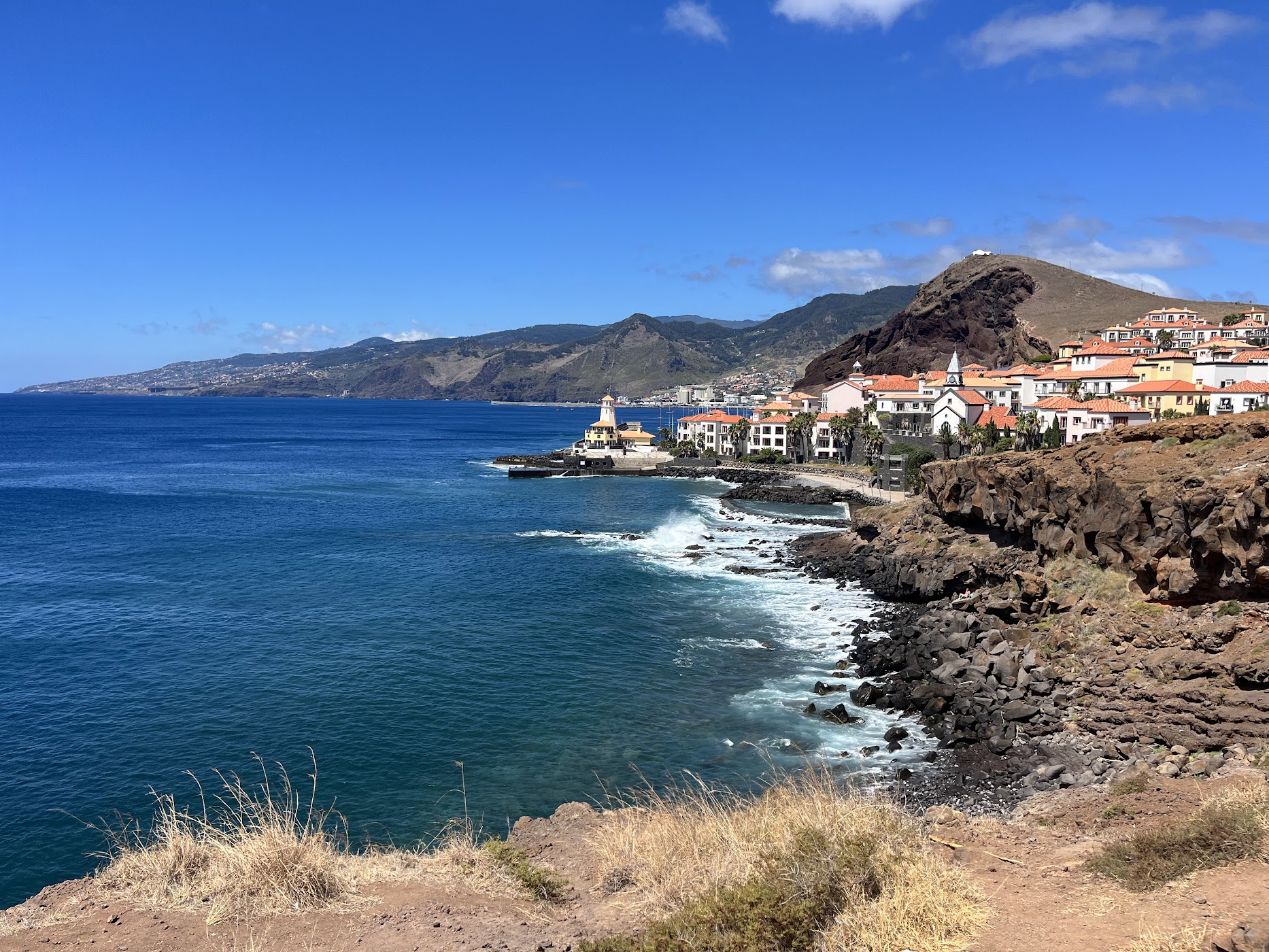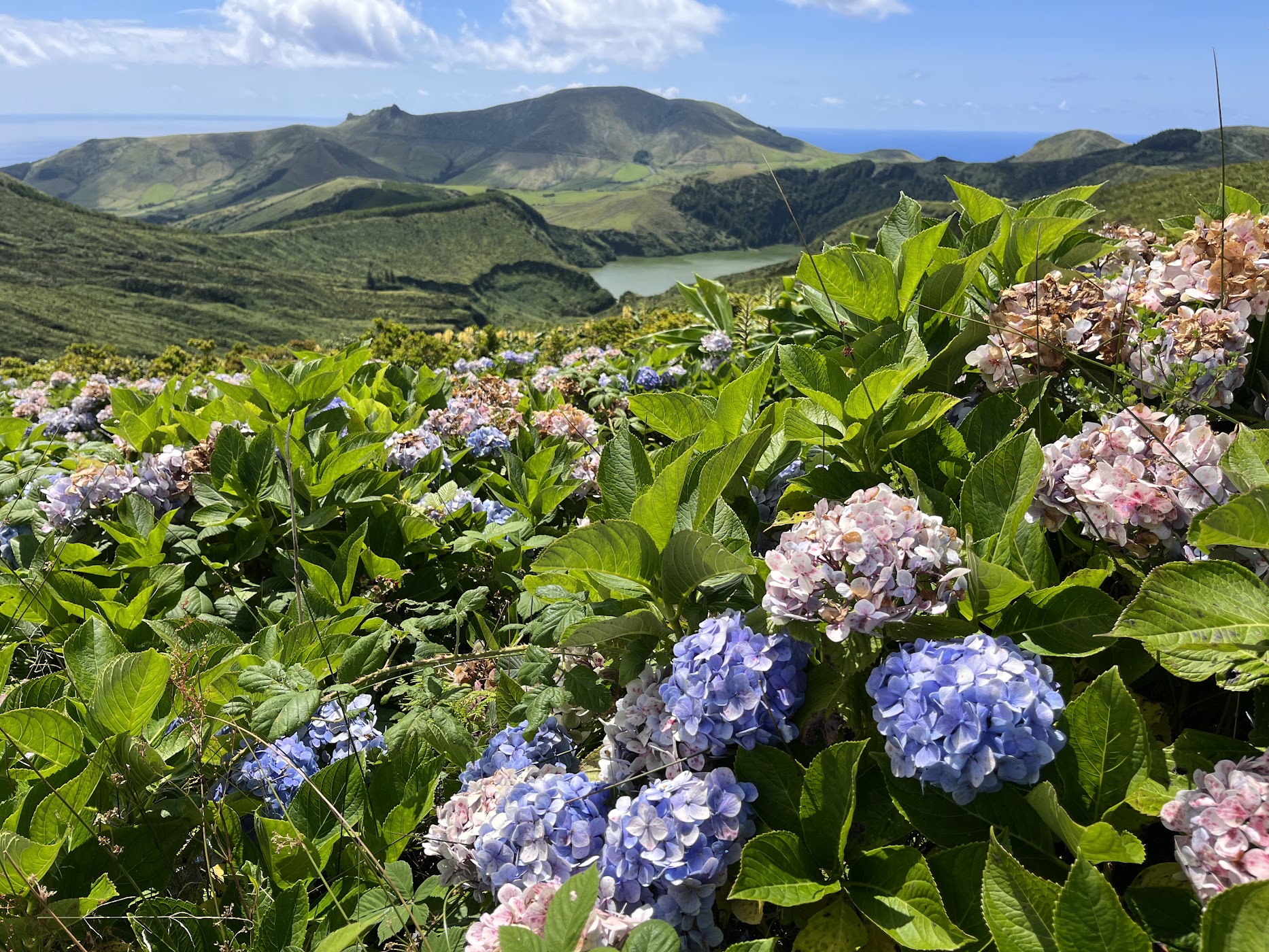Lisbon is a wonderful city. It is filed with interesting neighborhood walks, beautiful tiled architecture, great restaurants, and easy day trips.
Length: 4 days – for longer check out Portugal in 2 Weeks
Transportation: Public transportation or ride shares
Guide Book: Rick Steves Portugal
Day 1 – Lisbon
- Breakfast at Padaria do Bairro
- Optional walking tour with Lisbon Waker or Inside Lisbon
- Explore Alfama neighborhood
- Sao Jorge Castle
- Largo Santa Luzia
- Museum and School of Portuguese Decorative Arts
- Largo de Sao Miguel
- Explore Baixa neighborhood
- Praca do Comercio
- Arch of Triumph
- Lisbon Cathedral
- Church of St. Nicholas
- Praca da Figueira
- Church of Sao Domingos and Largo de Sao Domingos
- Ginjinha Bar
- Rossio Square and Rossio Station
- Avenida da Liberdade
- Drinks – The Queen Ale, By the Wine, Wines of Portugal Tasting Room, or a drink kiosk
- Dinner – select from our Lisbon Restaurant Scene
- Lodging Residentas Aurea, Dare Lisbon House, Solar do Castel, AlmaLusa Baixa/Chiado, LX Boutique Hotel, The Lisboans, Casa C’alma (night 1/2)
Day 2 – Belem
- Bus, train, or trolley to Belem
- Monastery of Jeronimos
- Belem tower
- Monument to the Discoveries
- National Coach Museum
- Ice cream – Santini Belem
- Museum of Ancient Art or Gulbenkian Museum
- Explore Bario alto neighborhood
- Miraduoro de Sao Pedro de Alcantara
- Sao Roque Church
- Convento do Carmo
- Elevador de Santa Justa
- Dinner – select from our Lisbon Restaurant Scene
- Lodging – same place (night 2/2)
Day 3 – Cascais
- Train to Cascais (leave from Cais do Sodré, take the comboio CP (CP train) to Cascais, 40m train)
- Breakfast / snack – Bijou de Cascais
- Explore Cascais harbor
- Enjoy the beaches: Praia da Duquesa, Praia da Conceição, Praia da Ribeira, Praia do Abano
- Bike via Bicas, Cascais’ free bike-share program to Praia do Guincho
- Lunch – Duche Bar or Bar do Guincho
- Carmona Park
- Drinks: Brisa Bar, Escotilha Bar, Bar do Guincho, Hotel Baía Cascais’ Blue Bar, Bar Farol, The Tasting Room
- Dinner – Hifen, Mar do Inferno, Cantinho do Avillez, Fortaleza do Guincho, Lamassa, Monte Mar, Terroso, Restaurante Beira Mar, Entraguas, Marisco Na Praca, Bougain
- Lodging – Pergola House, Villa Vasco da Gama, Pousada de Cascais, Albatroz Hotel, Villa Cascais (night 1/2)
Day 4 – Sintra
- Taxi / rideshare (13m drive) or bus (No. 1623, 28m bus) to Sintra
- Pena Palace
- Moorish Castle
- National Palace
- Quinta da Regaleira
- Dinner – select a different one from the night before
- Lodging – same place (night 2/2) or return to Lisbon
Detailed Itinerary
Arrival
Welcome to Lisbon!
If you’re arriving at night you’ll need to add an extra day onto the itinerary or skip something elsewhere. You won’t need a car for your first 5 days – plan to uber to your lodging from the Lisbon airport. What better place to begin than Lisbon, Portugal’s biggest airport and where you’ll fly in. Located about 20 minutes outside of the city, it’s easy to train or grab an uber and head directly in to town. Depending on when you arrive, you may arrive in the morning, in which case, select one of the neighborhoods to walk today (or take a day off of this itinerary and start on day 2). Many flights arrive in the afternoon or evening. We’ll assume yours does too.
Grab dinner at one of our recommended Lisbon restaurants.
Head to your hotel, we recommend Residentas Aurea, Dare Lisbon House, Solar do Castel, AlmaLusa Baixa/Chiado, LX Boutique Hotel, The Lisboans, Casa C’alma for your first night of 5.
Day 1 – Lisbon
Wake up and enjoy a day of walking around Lisbon.
To experience some in-depth history, grab a walking tour with Lisbon Walker or Inside Lisbon, both of which offer excellent overviews of the neighborhoods and local history.
If you’re more the type to explore on your own, Lisbon’s old town is broken into 3 distinct neighborhoods: Alfama, Bario, and Baixa and each deserves a full exploration.
We recommend you start your day with breakfast at Padaria do Bairro, an excellent small bakery.
Rick Steves Portugal book has great self-led walking tours you can follow and we recommend. Wind your way up to Sao Jorge Castle. Get there via the two free elevator rides up the hill. To find them, go to Rua dos Fanqueiros and through the door at #178 (follow signs for elevador castelo). From the top cross through a small square, up Largo Chao do Loureiro yo a second elevator with a supermarket at the bottom. Once at the top follow signs to Castelo de S. Jorge up the hill.
While Sao Jorge Castle certainly offers history, built in the 11th century by the Moors, its highlight may be the view. Arguably the best view overlooking Lisbon, you’ll see the Rio Tejo, red tiled roofs, the 25th of April Bridge, and on a clear day the Monument to Discoveries and the Belem. Wander along the ramparts and through the arches into the ruined courtyard. Enjoy climbing up to the ramparts and continue to enjoy the nearly 360 panorama.
Just outside of the castle is a small neighborhood within the original castle walls where nobles and elites used to live near the king. Filled with houses dating from the Middle Ages, it’s a nice stroll (you literally can’t get lost and will end up making a loop).
Next make your way along Largo Santa Luzia (stop at Miss Can along the way if your really enjoy canned fish). Visit the Igreja de Santa Luzia’s bougainvillea covered terrace with another nice view of the Alfama neighborhood down below and pretty blue tiled panels on the walls of the attached church.
Walk around the church uphill to the Miradouro das Portas do Sol. On the far left you’ll see the huge Monastery of Sao Vincente constructed in the 1600s by King Philip II of Spain. Grab a snack and drink at the kiosk cafe next to the statue of St Vincent and enjoy the view.
Head into the Museum and School of Portuguese Decorative Arts, a palace filled with art from the 15th-18th century and a lovely glimpse into an aristocratic household from that era. If the kiosk was too crowded, this museum offers a lovely interior courtyard where you can grab a bite.
From the museum, head downhill down the stairs of Rua Norberto de Araujo, passing a cartoon mural of Lisbon’s history and the eight century fortified wall on the right which was originally the boundary of Moorish Lisbon. Head all the way down to Largo de Sao Miguel, which is a slice of life of the Alfama neighborhood, surrounded by a labyrinth of medieval streets, laundry hanging off “one-and-a-half-hand” balconies, and plastic flowers and banners strung across the streets from the popular annual celebrations of St. Anthony in June and downtown Lisboa race.
From here, continue heading down towards the Praca do Comercio to start your exploration of the Baixa neighborhood. This was rebuilt after the 1755 earthquake on a uniformed grid plan by the Marques de Pombal. The neighborhood encompasses three squares and three main streets (Prata, Aurea, and Augusta).
Praca do Comercio is a large, lovely, and lively square, filled with restaurants spilling onto the square and is the gateway to Lisbon where ships used to sell their goods. Prior to the earthquake it was the site of Portugal’s royal palace. Now government ministries surround the square. The statue in the center is of Jose I, the king who gave government control to his chief minister the Marques de Pombal. Facing towards the city you’ll see the Arch of Triumph. If you’re ready for lunch, grab one at many of the restaurants (Martinho da Arcada is a good option) surrounding the square. Or head to the Wines of Portugal Tasting Room to sample local wines.
Head through the big arch up the Rua Augusta along the characteristic black-and-white cobbled sidewalk made of mosaic limestone and basalt cobbles. At the Rua do Comercia you can see the Lisbon Cathedral. Take a quick side stroll if you want to see it. Built in 1150 it is the original church in Lisbon and located on the site of a former mosque.
Continue on to the Rua da Vitoria, turn right and walk to the Rua da Prata where you’ll see the Church of St. Nicholas, whose exterior is covered with green tiles (and the fancy tiled buildings right near by it).
Next continue to Praca da Figueira which was once the site of a large hospital destroyed in the earthquake. In the 1880s it was filled with a large iron-framed market. Today it’s a square that serves as a transportation hub. In the center is a statue of King Joao I on horse. Stop by the historic Confeitaria Nacional to grab a sweet.
From the square head along the Rua Dom Antao de Almada with a classic cod shop and ham counter until you run into the Church of Sao Domingos. This was the center of the Inquisition in the 1600s. If you go inside, you’ll still see black soot on the walls and alter from a fire in 1959. Next to the church is the square Largo de Sao Domingos where you’ll see a stone monument to the Jewish massacre of 1506 (when thousands were killed on the square). This square also housed the 16th century slave market, but today is a meeting point for the city’s African community and an entryway to Lisbon’s Mouraria district, the immigrant neighborhood. On this square, stop at Sao Domingos 8 A Ginjinha (literally right off the square) which is the oldest ginjinha place in town where they serve up the sour cherry liquor in tiny cups you drink right outside.
After you enjoy (or hate) your drink, head to Rossio Square. It was a Roman racetrack 2000 years ago and now is home to the National Theatre, rebuilt in the same place as the palace that functioned as the headquarters of the Inquisition but collapsed in the 1755 earthquake. Cross the steps of the National Theatre and look across the street at teh Rossio Station, faced with a Neo-Manueline facade built around 1900. Pass uphill past Lisbon’s oldest hotel, the Avenida Palace where WWII spies used to lounge at the bar.
The Praca dos Restauradores has an obelisk at its center which marks Portuguese independence from Spain in 1640. Overlooking the square you’ll see the Art Deco Eden Theatre and the beginning of Avenida da Liberdade, the tree lined grand boulevard connecting the Old Town to the Upper Town. Along this wide boulevard you’ll find hotels, expensive clothing stores, and office buildings. If you still have energy, you can stroll along the tree lined boulevard to the statue of Pombal at the end.
Grab a drink at The Queen Ale (if you’re in the mood for a beer), By the Wine or Wines of Portugal Tasting Room (if you’re in the mood for wine) or any of the park kiosks (try a porto tonico).
Then grab dinner at one of our recommended Lisbon restaurants (tonight is a decent night to head to Petisco Saloio or Cervejaria Ramiro).
Day 2 – Belem
After you grab a quick bite for breakfast, make your way to the Belem district and houses man of the important sites of Portugal’s Golden Age. Belem was the launching point for the many voyages of the Age of Discovery when Vasco de Gama lead ships around the globe and turned Portugal in the richest world power. Avoid Belem on Mondays when most everything is closed.
Today is the one day you may want to consider buying the LisboaCard. But it depends which sites you actually want to see, so consider ahead. This card will cover public transportation and offer free entry to many of the sites you’ll see today. You can purchase it at Lisbon’s TIs. On Sunday many sites are free until 14:00 and on Monday they are closed.
You’ve got a few options for getting there: Uber, bus (#28), or train. It’s easy to catch the #15E trolley from Praca do Comercio or Praca da Figueira.
When you arrive, start with the Monastery of Jeronimos. This giant church and monestary was built in the late 1400s and replaced the church formerly existing in the same place where sailors would spend their last night praying before embarking on a voyage. Now a UNESCO Wold Heritage site, it’s one of the best examples of Manueline architecture and the final resting place of Vasco da Gama. It’s worth the additional cost to see the cloisters.
With extra time (and interest) stop by the Maritime Museum before leaving the monastery complex. This is full of the navigational tools used during the Age of Discovery.
Next head across the park to the Monument to the Discoveries, a giant monument built for the 1940 Expo (but rebuilt in 1960). The outside is the most impressive part, don’t bother heading inside. The 170 foot concrete structure shows the famous men that launched the Golden Era including Prince Henry the Navigator, King Manuel I, Magellan, and Vasco da Gama. In front of the monument note the marble map which details where Portugal ventured.
Walk along the embarkment to Belem Tower which was built in 1515. This was the last thing sailor’s saw as they left Portugal’s shores and the first they saw when they returned. Initially, when built, the tower stood mid-river (since then the banks have been moved). The floatplane sitting nearby is a monument of the first flight from Portugal to Brazil.
Grab lunch at Taberna dos Ferreiros, Adega de Belém, or picnic in the park and finish it off with the pastel de nata (the famous custard tart you’ll see throughout Portugal) at Casa Pasteis de Belem, the birthplace of this tart.
After lunch, if you’re interested, make your way to the National Coach Museum. In the early 20th century the last Queen of Portugal donated her collection of royal coaches to a museum as cars came into vogue. Here you can see over 70 opulent carriages, starting from around 1600 and continuing until the 20th century.
Grab a gelato at Santini Belem before heading back to downtown Lisbon.
Take the same bus, train, trolley, or uber back to downtown Lisbon, or head to one of Lisbon’s best museums the Museum of Ancient Art or Gulbenkian Museum. The Museum of Ancient art houses Portugal’s collection from the 15th and 16th centuries and its Golden Area, housed in a palace. The Gulbenkian Museum is arguably Lisbon’s best museum and has 5000 years of art.
If you don’t feel like seeing a museum today, instead head to the Bario Alto and Chiada neighborhood for your last neighborhood exploration and walk.
The walk starts at Miraduoro de Sao Pedro de Alcantara with a beautiful (and different) view of the city. The kiosk in this park has picturesque drinks and is a great spot for a stop. Next head to Sao Roque Church which was built in the 16th century and one of Portugal’s first Jesuit churches with an elaborate interior. From here, head down the Rua Nova da Trinidade to Lisbon’s oldest beer hall, the Cervejaria da Trindade and its beautiful 19th century tile work. Down the hill at #16 you’ll find Lisbon’s largest used bookstore.
At Largo do Carmo you’ll find (along with jacaranda trees) the headquarters of the National Guard and the ruins of Convento do Carmo, destroyed in the 1755 earthquake. This cathedral was left standing with Gothic arches pointing towards the sky. It’s an enjoyable stroll along the open air nave.
Next head along the right side of the convent to the top of the Elevador de Santa Justa, built by Gustav Eiffel (yes, the same one who built the Eiffel Tower). This elevator connects the lower and upper parts of the town. From the top of the elevator you’ll get another fine view of the city.
From the cathedral held to the Chiado district. Start at the Cafe A Brasileira, an 100 year old Art Nouveau coffeehouse where artists used to frequent in the 1920s. The district you are now in is full people, sidewalk cafes, and shops so wander along the mosaic sidewalks of Rua Garrett and enjoy.
From here, head back to the outdoor bar behind the Convento do Carmo for a pre-dinner drink.
For dinner, select from the Lisbon Restaurant Scene.
Day 3 – Cascais
Cascais is filled with 19th century villas where European families once escaped the heat of summer. The town is made of white-washed and colorful buildings and still maintains a fishing village charm.
The easiest way to get to Cascais (unless you’re planning to combine this with a longer, driven trip to the rest of the country) is to take the train. Leave from Cais do Sodré near the historic area of Lisbon and take the comboio CP (CP train) to Cascais which winds beautifully along the sea.
Once you arrive, have a late breakfast or snack at Bijou de Cascais.
Spend your morning exploring Cascais’ harbor. A 15th century fort (now a hotel) stands on one edge and you can walk the fort’s perimeter. Head to Santa Marta Lighthouse to further enjoy views over the bay. Explore the beautiful old town full of cobbled streets, pretty buildings, tiled walls. Get ice cream at Gelados Santini.
Soak in the sun at one of the many beaches: Praia da Duquesa, Praia da Conceição, Praia da Ribeira, Praia do Abano.
Grab a free bike through Bicas, Cascais’ free bike-share program and head along the coast to Praia do Guincho which sits in the limits of Serra da Sintra National Park and a great area for surfers and boogie boarders. A well-demarcated cycle path extends all the way along the coast. Once here, have lunch at Bar do Guincho.
After you return, explore Carmona Park which is filled with beautiful flowers and wildlife. The grounds also have Museu Condes de Castro Guimarares, a lovely 19th century mansion.
Have drinks at one of the many fun establishments including The Tasting Room, Brisa Bar, Escotilha Bar, Bar do Guincho, Hotel Baía Cascais’ Blue Bar, and Bar Farol.
For dinner, you have many beautiful options including Hifen, Mar do Inferno, Cantinho do Avillez, Fortaleza do Guincho, Lamassa, Monte Mar, Terroso, Restaurante Beira Mar, Entraguas, and Marisco Na Praca.
We recommend staying the night, as it’s a lovely and and easy base for the next day of exploring Sintra, but you can also return to Lisbon if you prefer to not move hotels. If you stay in Cascais, we recommend Pergola House, Villa Vasco da Gama, Pousada de Cascais, Albatroz Hotel, or Villa Cascais.
Day 4 – Sintra
Sintra lies 17 km north of Cascais and is connected by rail and public transport. The easiest way to get to Sintra from Cascais is to take the No. 1623 bus or a quick taxi or rideshare. Sintra was the seat of Portugal’s aristocracy for many centuries. It’s a beautiful area with speckled castles and mansions set amidst hills and dense forests. Absolutely purchase your tickets ahead of time online. The Pena Palace ticket will be timed and you MUST arrive on time.
Cascais is filled with 19th century villas where European families once excaped the heat of summer. The town is made of white-washed and colorful buildings and still maintains a fishing village charm.
Plan to spend most of your day here. Monday is a great day to go when things are closed in Lisbon. Purchase your ticket to Sintra at one of the digital kiosks and board your train for the approx 40 minute train ride. Try and get an early start to maximize your time (the buses begin running in Sintra at about 9:30).
There are four sites. You can choose to see them all or pick your favorites.
When you exit the station, you can purchase an all-day bus ticket (it will be obvious when you exit the station, #434) which will get you to all sites. Alternatively you can grab a motorized tuk-tuk which will take you directly to each site for 10-20 euros each trip (can seat 2-4).
We recommend you start at Pena Palace as it’s the most popular and gets the most crowded. Once you get off the bus, you have a choice to take a second bus (which is pricey) or walk 10 minutes directly up the hill to the palace. Exploring Pena Palace feels like walking into a fairytale. In the 19th century, the royal prince rebuilt the monastery standing here since the 12th century into an opulent and colorful palace.
After the Pena Palace either walk back down the hill, following the trail to the Moorish Castle (about a 15 min walk). If you cannot walk, you will want to do the Moorish Castle first in order to utilize the bus or tuk-tuk. The road is one-way and the first stop is the Moorish Castle. The Moorish Castle encompasses 1000 year old ruins set in a forest. As its name suggests, it was originally built by the Moors, though taken over by Portuguese Christian forces in 1147. Enjoy walking along the ancient walls with spectacular views.
From the Moorish Castle, the next stop along the bus route is the National Palace. The palace dates from Moorish times, however most of what you see dates from the 15th and 16th centuries. It’s the oldest surviving palace in Portugal and housed royalty for 500 years; it is still used for official events.
We recommend ending at Quinta da Regaleira, a 1912 mansion and garden with secret passageways. You can either catch bus #435 (included in your bus ticket) or a tuk-tuk to make your way over. It was designed by an Italian opera set designer and the gardens feel dramatic and over-the-top. While you can duck into the mansion, the real highlight are the gardens. Follow the map you’re given at the entrance, and enjoy exploring the caves, tunnels, and turrets. There is a good cafe here for lunch.
This afternoon either return to Cascais to spend another night, or pick up your luggage and return back to Lisbon where you can spend the late afternoon exploring any area of Lisbon you haven’t yet had time to see. With more time, spend another day in Lisbon, or plan to extend your trip to a longer exploration of Portugal!




